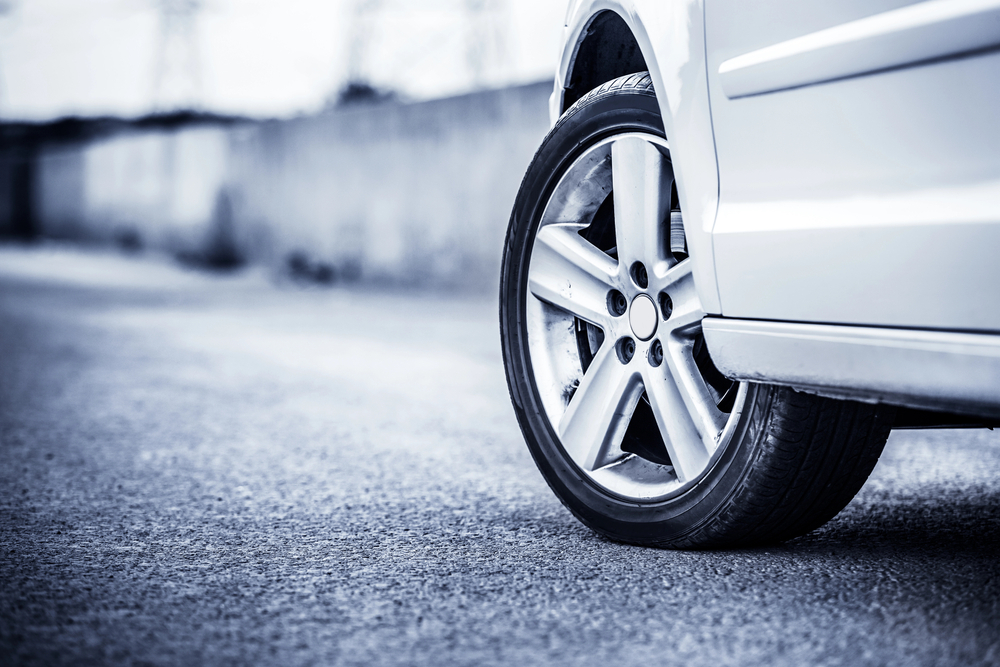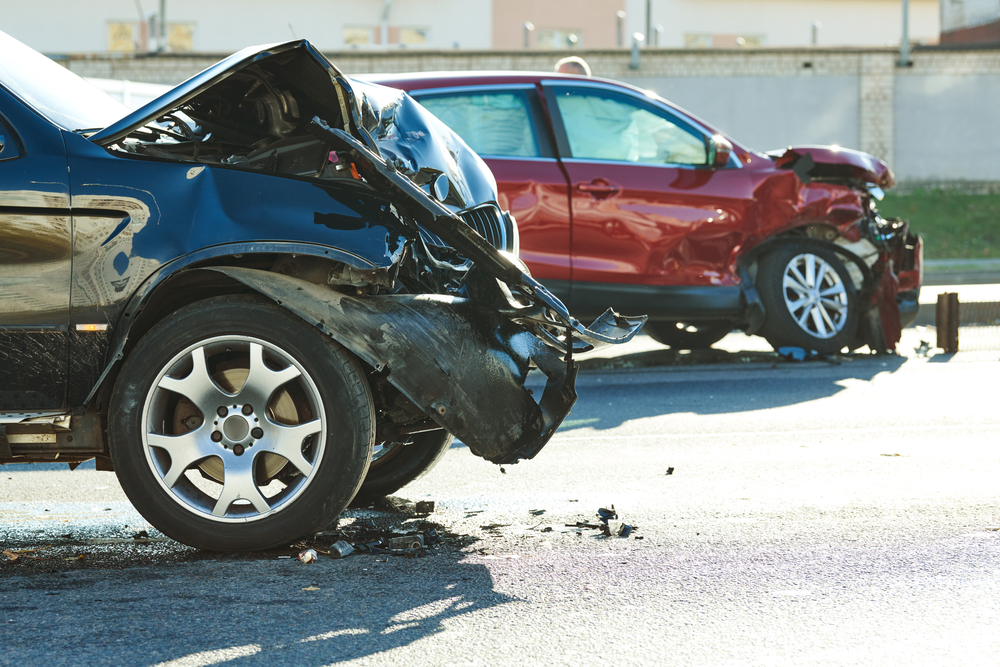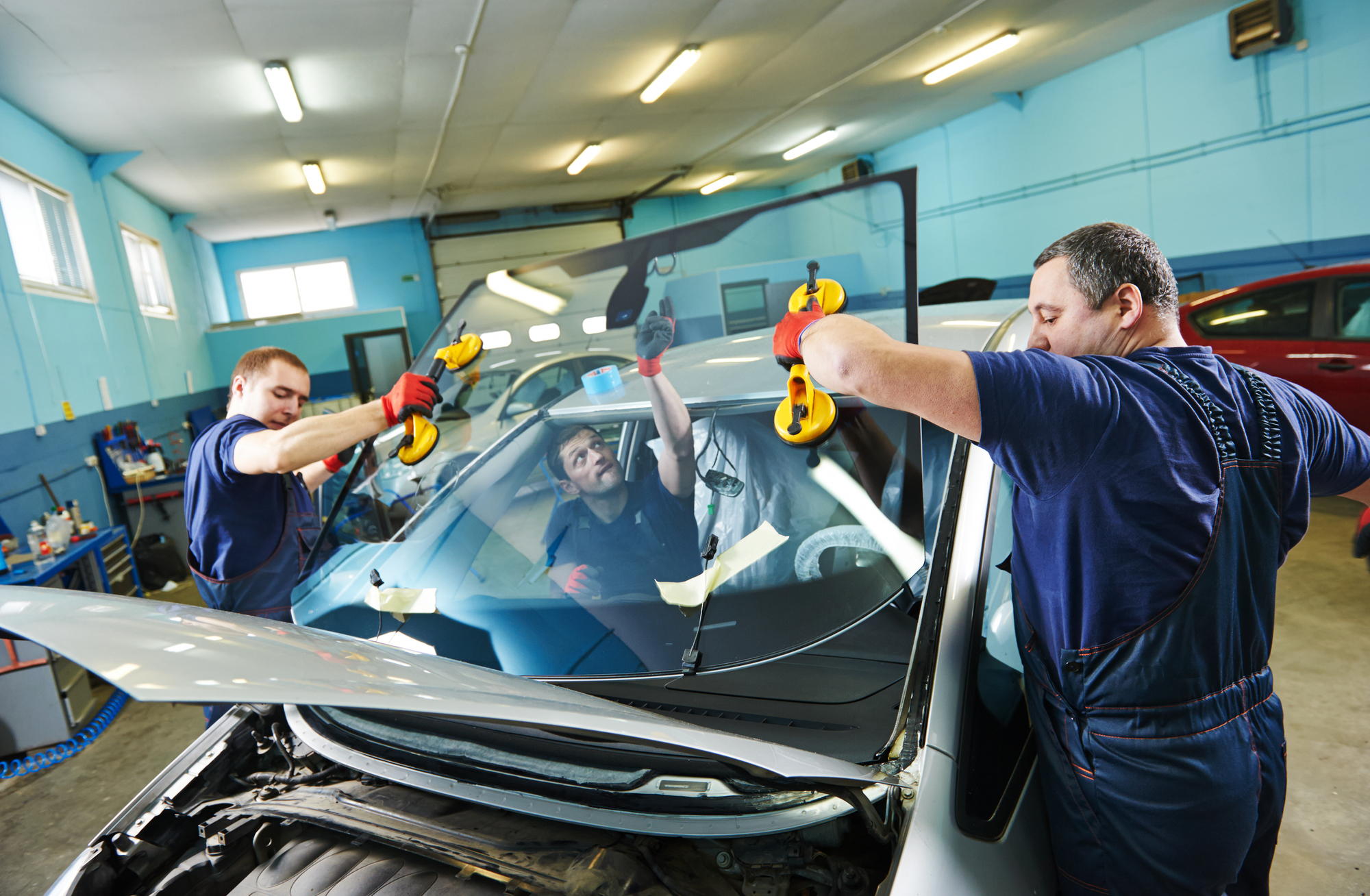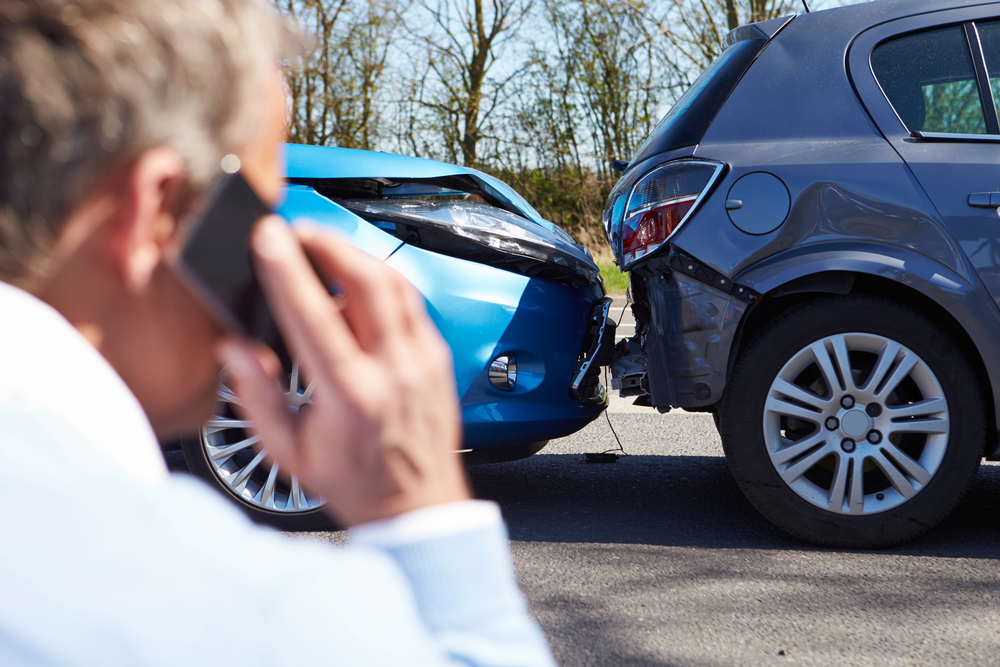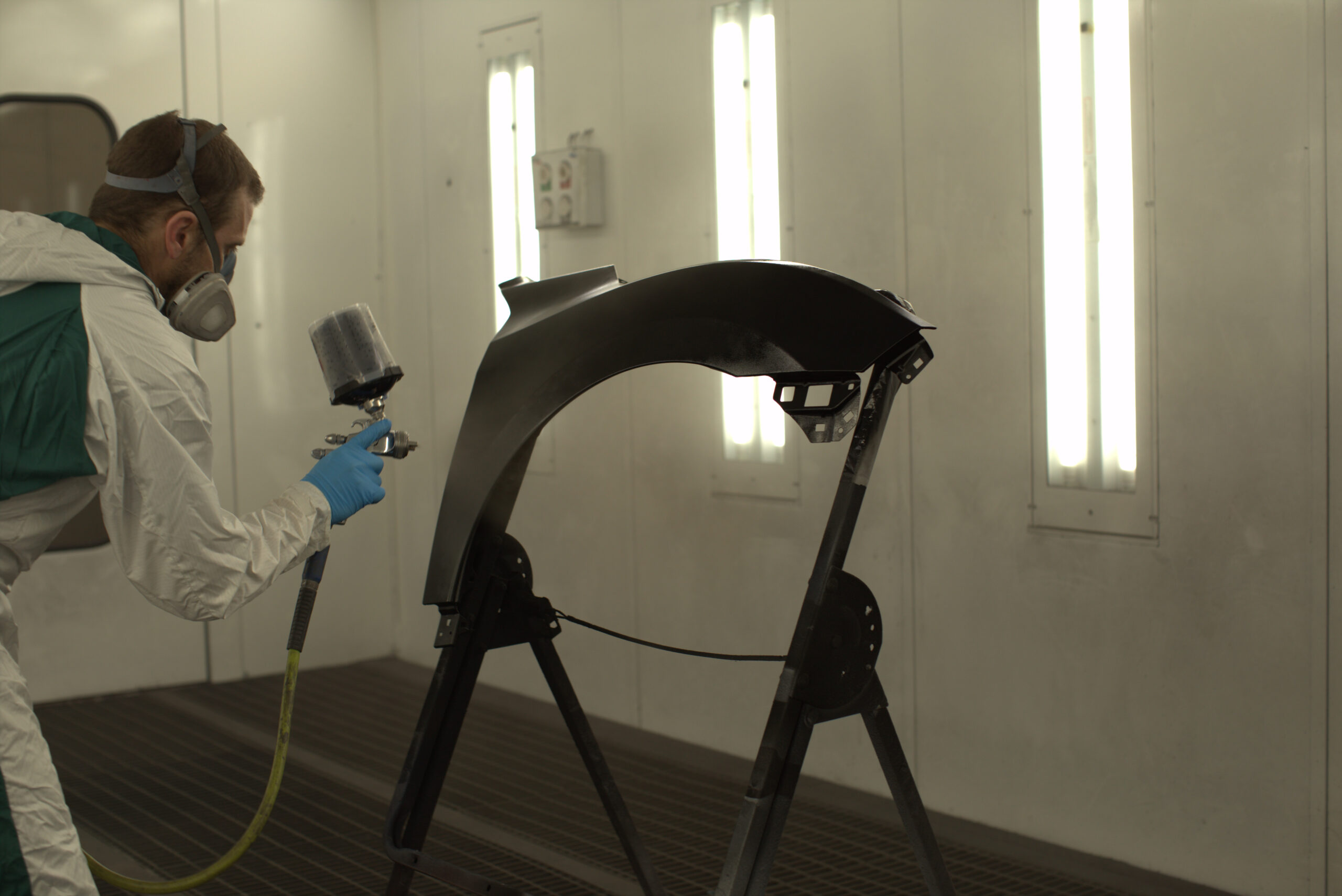In the aftermath of an auto collision in South Jersey, one crucial aspect often overlooked is the alignment of the vehicle’s wheels. When the wheel alignment is damaged, there are consequences. Proper wheel alignment is essential for maintaining safety, performance, and longevity of the vehicle. With this in mind, let’s discuss the significance of wheel alignment and how it can be impacted after a collision, as well as why it’s crucial to have it checked after an accident.
Key Takeaways
- Proper wheel alignment is crucial for maintaining safety, performance, and longevity of the vehicle, especially after an auto collision in South Jersey.
- Wheel alignment refers to the precise adjustment of the angles of the wheels relative to each other and the vehicle’s frame, optimizing tire performance and vehicle handling.
- Proper wheel alignment also enhances vehicle performance by promoting optimal tire performance, improving fuel efficiency, and providing a smoother driving experience.
- Signs of misaligned wheels include uneven tire wear, vehicle pulling or drifting to one side, vibrations in the steering wheel or vehicle instability, and an off-center steering wheel when driving straight.
- Ignoring signs of misaligned wheels can lead to uneven tire wear, reduced fuel efficiency, compromised vehicle control, and discomfort while driving.
What Does Wheel Alignment Mean?
Wheel alignment refers to the precise adjustment of the angles of the wheels relative to each other and the vehicle’s frame. Proper alignment ensures that the wheels are perpendicular to the ground and parallel to each other, optimizing tire performance and vehicle handling. It involves adjusting three main angles: camber, caster, and toe, to achieve optimal contact with the road surface and minimize tire wear.
How is Wheel Alignment Impacted After a Crash?
After an accident, it is important to consider how your wheel alignment is affected. An impact can jolt the vehicle’s suspension and steering components out of alignment. Even minor collisions can disrupt the delicate balance of wheel alignment, causing misalignment issues that affect the vehicle’s stability, handling, and tire wear. Factors such as hitting curbs, potholes, or debris on the road can also contribute to misaligned wheels over time.
Why You Should Have Wheel Alignment Checked After a Collision
Ensuring proper wheel alignment is crucial for several reasons:
Safety
Misaligned wheels can significantly impact the vehicle’s stability and handling, especially during emergency maneuvers or adverse road conditions. When wheels are not properly aligned, it can lead to unpredictable steering behavior, reduced traction, and compromised control over the vehicle. These factors increase the risk of accidents, as drivers may struggle to navigate safely, particularly in challenging driving situations.
Performance
Beyond safety, proper wheel alignment also plays a crucial role in optimizing the performance of your vehicle. When wheels are correctly aligned, it promotes optimal tire performance by ensuring even tire wear across all tires. This even wear pattern not only prolongs the lifespan of your tires but also contributes to a smoother driving experience. Additionally, proper alignment improves fuel efficiency by reducing rolling resistance, which means your vehicle requires less energy to move forward.
Longevity
Investing in proper wheel alignment can also help extend the longevity of your vehicle’s components, particularly your tires. Misaligned wheels can cause uneven tire wear, with certain areas of the tire wearing down more quickly than others. This uneven wear not only compromises tire performance and safety but also leads to premature tire replacement. Replacing tires prematurely can be costly, adding to your overall vehicle maintenance expenses.
By ensuring that your wheels are correctly aligned, you can mitigate the risk of uneven tire wear and maximize the lifespan of your tires. Ultimately, maintaining proper alignment protects your investment in your vehicle by reducing the frequency of tire replacements and associated expenses.
What are the Signs of Misaligned Wheels?
After experiencing a car crash, it is important to check that your wheels are aligned correctly. This means checking the hub, rim, and spokes. If you find that something looks off, consider bringing your car to a professional collision repair shop is a wise choice.
When driving, there are also some signs of misaligned wheels to keep in mind:
Uneven Tire Wear
One of the most common indicators of misaligned wheels is uneven tire wear. When wheels are not properly aligned, they exert uneven pressure on the tires, causing excessive wear on certain areas. This often manifests as accelerated wear on the inside or outside edges of the tires, while the center may remain relatively unaffected. Observing uneven tread wear during routine tire inspections or noticing a significant difference in wear patterns between tires on the same axle can signal misalignment issues.
Vehicle Pulling
Another noticeable sign of misaligned wheels is the sensation of the vehicle pulling or drifting to one side while driving on a straight road. When wheels are not properly aligned, uneven tire contact with the road surface can cause the vehicle to veer off course, requiring constant steering correction to maintain a straight trajectory. This pulling sensation may be subtle or more pronounced, depending on the severity of the misalignment.
Ignoring pulling issues can lead to uneven tire wear, reduced fuel efficiency, and compromised vehicle control, increasing the risk of accidents on the road.
Vibration or Steering Instability
Misaligned wheels can also manifest in noticeable vibrations in the steering wheel or vehicle instability, particularly at higher speeds. When wheels are out of alignment, they can cause irregular tire wear patterns, resulting in imbalances that generate vibrations transmitted through the steering system. Additionally, misalignment can disrupt the smooth rotation of the wheels, leading to steering instability and a sense of “wandering” or unpredictability while driving. These vibrations and steering instabilities are not only uncomfortable for the driver but also indicate underlying alignment issues that require attention.
Steering Wheel Off-Center
An off-center steering wheel when driving straight is another telltale sign of misaligned wheels. When the wheels are properly aligned, the steering wheel should remain centered and level while driving in a straight line. However, misalignment can cause the steering wheel to appear crooked or off-center, even when the vehicle is traveling straight ahead. This misalignment of the steering wheel suggests that the wheels are not pointing in the correct direction, requiring adjustment to restore proper alignment.
Contact a South Jersey Auto Collision Repair Shop Today
If you’ve been involved in an auto collision in South Jersey, don’t overlook the importance of proper wheel alignment. Contact Elmer’s Auto Body today to schedule a comprehensive inspection and alignment service to ensure your vehicle’s safety, performance, and longevity. Our experienced technicians will assess your vehicle’s alignment and provide expert solutions to restore it to optimal condition. Don’t compromise on safety – trust Elmer’s Auto Body for all your auto collision repair needs in South Jersey. Fill out the online form or call one of our three locations today.

